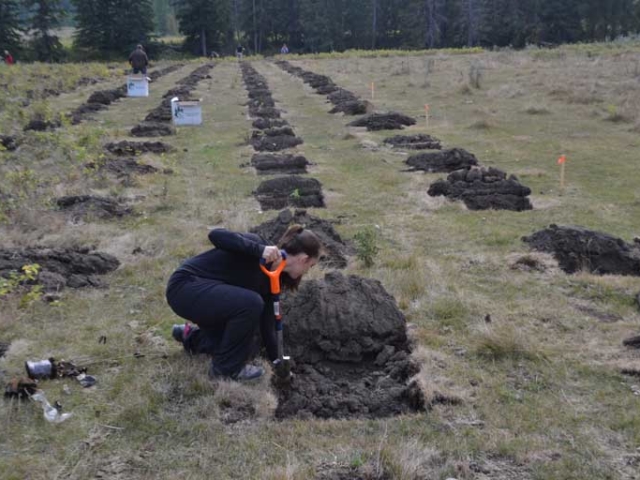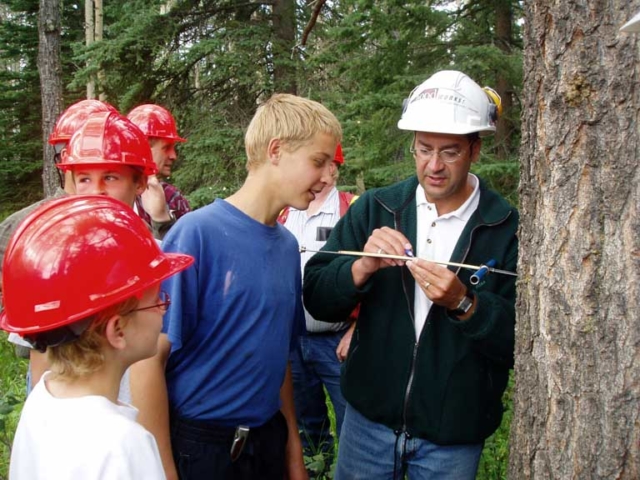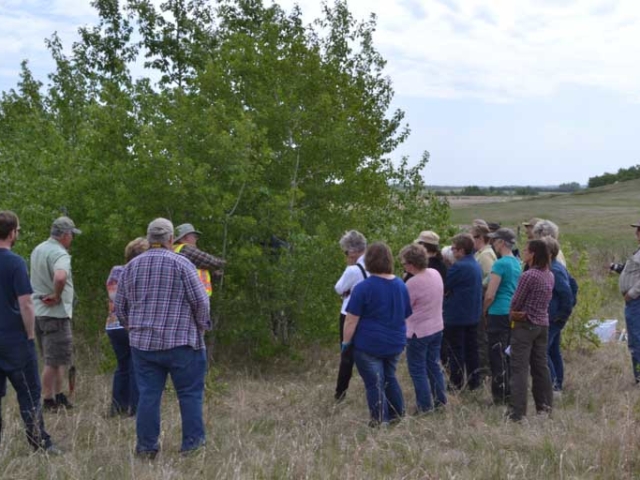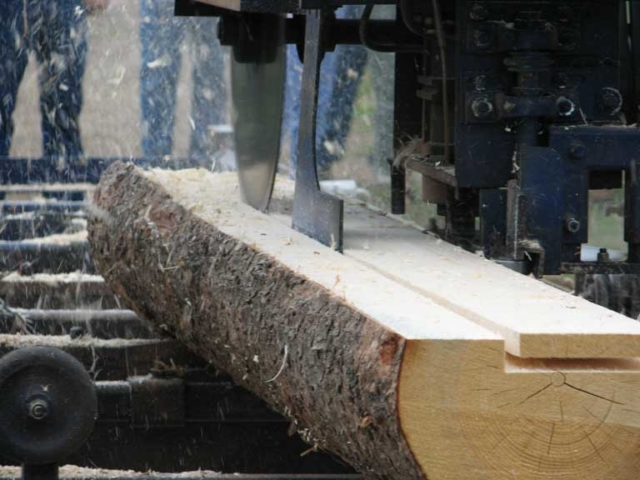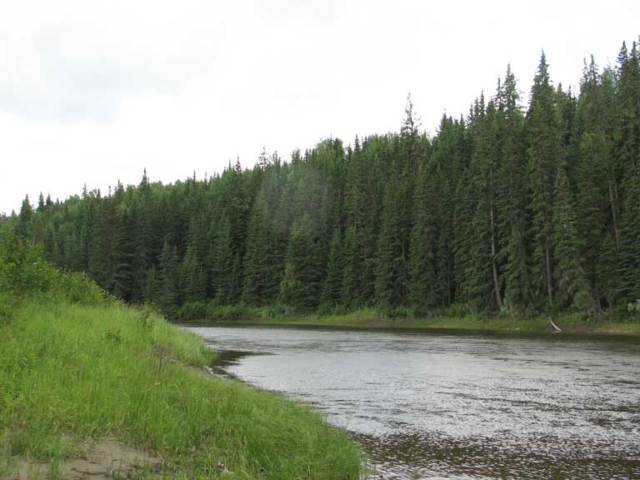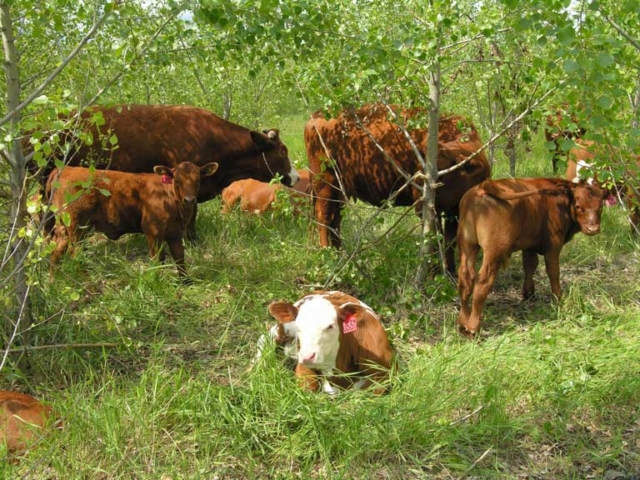Bats: The Environmental Wardens You Never Knew Existed
By: Ash Davidson
Bats are misunderstood creatures. Often, bats are viewed as “scary night creatures” when in reality they are a vital component of our ecosystems worldwide. Apart from being voracious insect eaters, bats also provide additional ecosystem services for agricultural lands. Continue reading to find out why bats are essential to our forest and agricultural lands, and ways you can help.

Figure 1. A little brown bat, native to North America.
1. Bats eat pests!
A single little brown bat can eat upwards of 600 mosquitoes in one hour. Beetles, grasshoppers, and moths are also on the menu. Less insects flitting around your crops = less pesticide use and better working conditions. It’s a win-win all around.
2. Bats are crop pollinators just like bees.
Many crops, such as mangoes, figs, and dates, rely on bats as their principal pollinators. In addition to agricultural crops, bats also pollinate native plants like goldenrod, honeysuckle, and fleabane. Pollination of native plants reduces the chance of invasive species like thistle spreading into forests and agricultural land and negatively impacting crops.
3. Bat guano (poop) is an all-natural nitrogen rich fertilizer.
After eating a ton of insects, bats are gonna have to empty their systems. “Guano” is the term for bat poop, and is an incredibly rich natural source of fertilizer. Placing a collection container underneath bat boxes or known roasting sites can provide you with free fertilizer for your crops or gardens.
How can you help?
1. Create natural habitat in and around your land. Leave dead and rotting wood where it is if it doesn’t create a hazard – bats may use it as a roosting site. Planting native trees and flowers around your property, or conserving existing forested areas, provides essential shelter, habitat, and food sources to many native bat species.
2. Install bat boxes on your property. Bat boxes provide shelter and are low maintenance and easy to install. Visit this website for tips on how to build and install your very own bat box.
3. Reduce the use of pesticides on your land. More pesticide use = less insects for the bats to eat. Remember that bats can consume 3,000 insects a night! They’re an all natural form of pesticide that should be utilized.
References:
https://www.gardeningknowhow.com/garden-how-to/beneficial/bats-as-pollinators.htm
https://www.blm.gov/sites/blm.gov/files/benefits_of_bats_brochure.pdf


